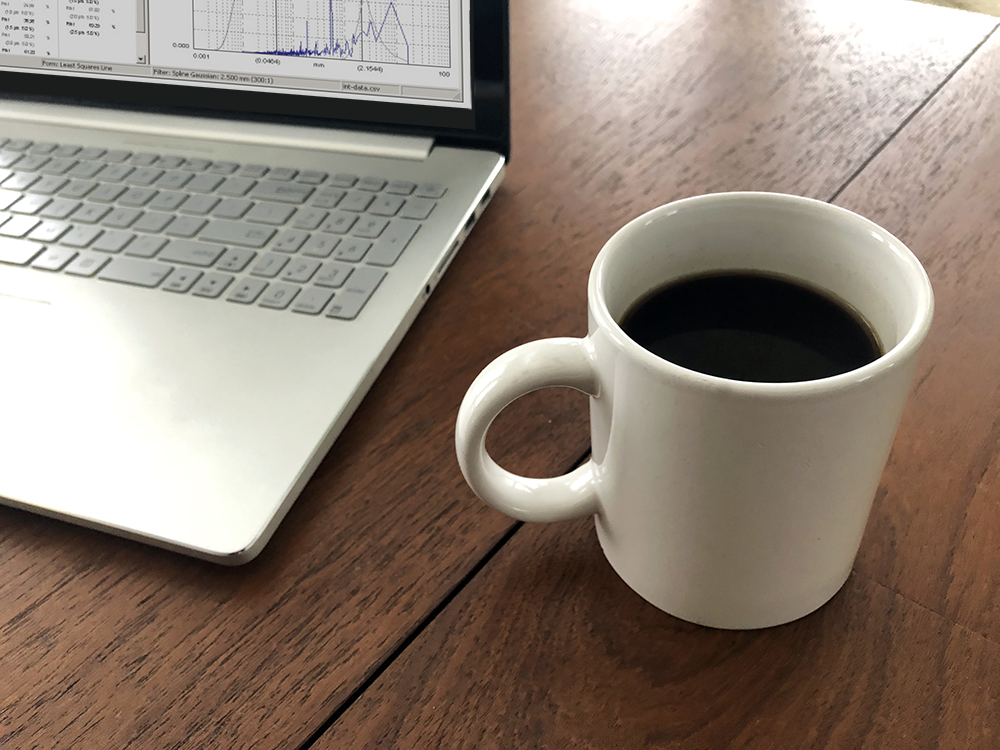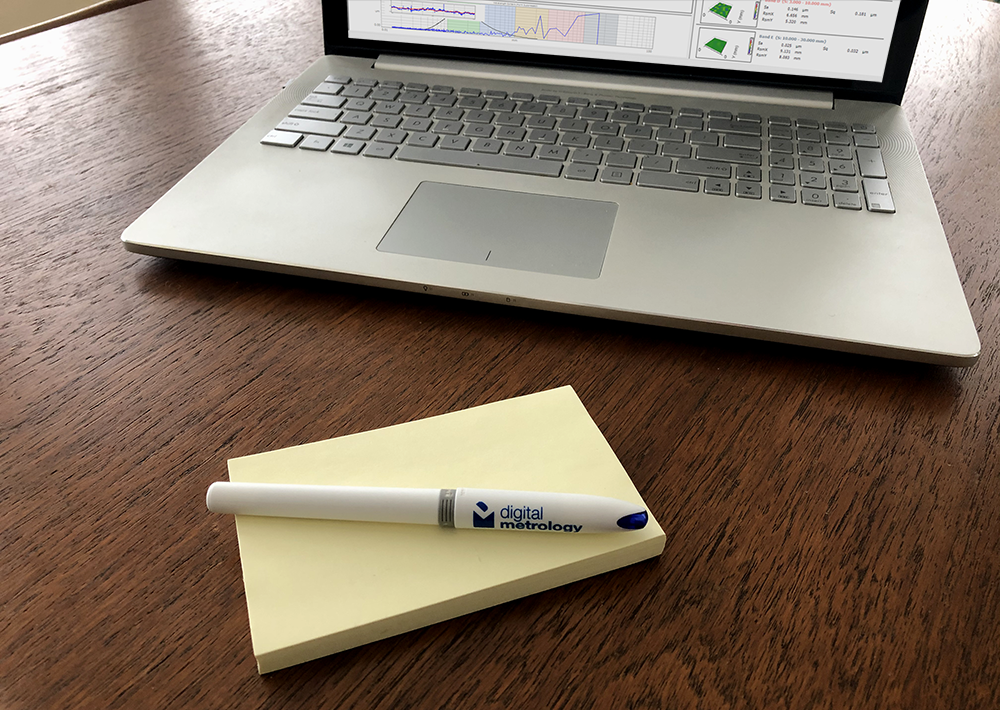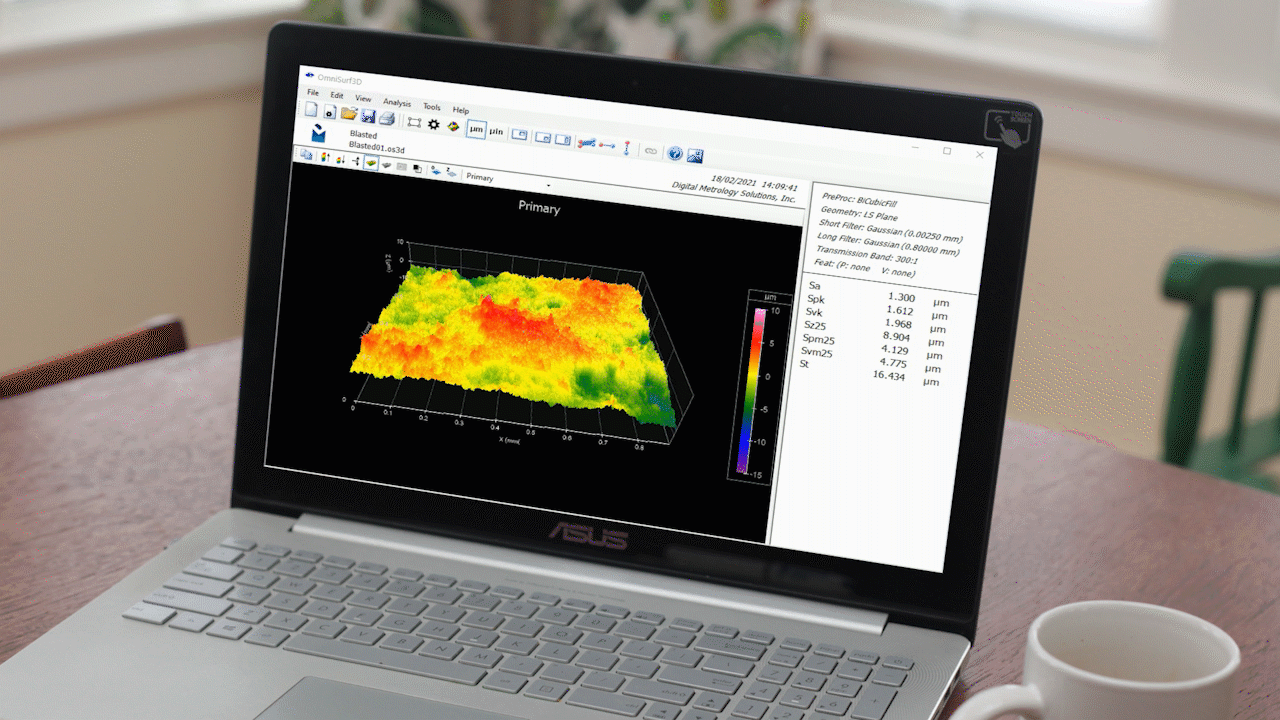
Say you’re planning a vacation, and you ask a friend of yours to tell you about the Florida beaches. He answers by saying, “1350 miles.” It’s true, there are 1350 miles of coastline in Florida…but that number doesn’t tell you much of anything about the surf, the sun, the food, the nightlife…
The same kind of thing happens with metrology data (stay with me for a second…). When you send parts to a measurement lab you likely receive back a PDF file with some parameter values, and maybe a part profile. That’s probably just enough information for you to show whether the part meets spec or not. But you aren’t likely to get any real sense of how that surface looks, feels, or performs. To get that kind of understanding, you need to be able to interact with the data: spin, it, filter it, zoom in, zoom out, etc.
You need to GO to Florida, essentially!
Analyzing data from your desk…or kitchen table
In today’s setting more engineers are working remotely. They don’t always have access to the actual hardware they are developing or to the measurement equipment that’s verifying the process and components. In the last year we’ve seen remote work taken to a whole new level, with so many of us staying at home due to Covid-19.

To understand a surface in the real world, you pick it up, roll it around, have a good look. When we can’t interact with parts directly, we need tools that allow us to explore and experience them remotely. Even when we can access the parts we’re working on, we need to be able to interact with the surface data, rather than simply reacting to measured numbers.
When we can engage both sides of our brains with interaction AND accurate numerical data, then we can really understand what is happening at the surface texture level. And, we can share that information between designers, manufacturing and customers.
Offline analysis
For years most data analysis software shipped with a particular measurement instrument. When you wanted to analyze data you needed time on the instrument—not always easy in a busy measurement lab. Comparing data between measurement technologies could be challenging since each software package was designed specifically for one type of system.
In recent years offline analysis tools have become available, such as our OmniSurf and OmniSurf3D products. These tools let you analyze data from many different measurement systems, at your desk, or at remote locations. Using offline analysis is an efficient use of everyone’s time: the measurement lab can focus on making good measurements, production staff can use the data to optimize processes, and engineers can track how well the drawings, specifications and processes are generating actual performance.

3D visualization
While much of production measurement still revolves around 2-dimensional profiles, 3D measurement is proliferating as well. being able to see a surface in 3D provides much more information about the nature of the surface. When you can spin, zoom, filter, etc., it’s easy to see relationships between aspects of the surface in a very tactile way. Was that dip in the profile a real valley? Was it the only dip, or is the surface covered in them? Do the valleys link up to become leak paths? We can infer this information, to an extent, from a 2D trace—but we can see it in 3D. And, when we’re working remotely and can’t hold the actual part in our hands, that 3D image becomes an even more crucial tool.
3D also helps in conveying and sharing meaning between teams. A line operator may be able to intuit that a change in Ra typically signals wear on a particular tool, but a 3D map can make that connection clear to a wider range of engineers, managers and technicians.

At the end of the day, accurate numbers from reliable measurement systems are tools that tell us whether a process is producing good parts. When we need to develop the process, relate surface texture to performance, or find the root cause of production issues, nothing beats seeing the surface and interacting with the surface data. Offline analysis gives us the tools to do just that.
Want to know more about using software tools for offline analysis. Visit our software solutions pages, or contact us!
